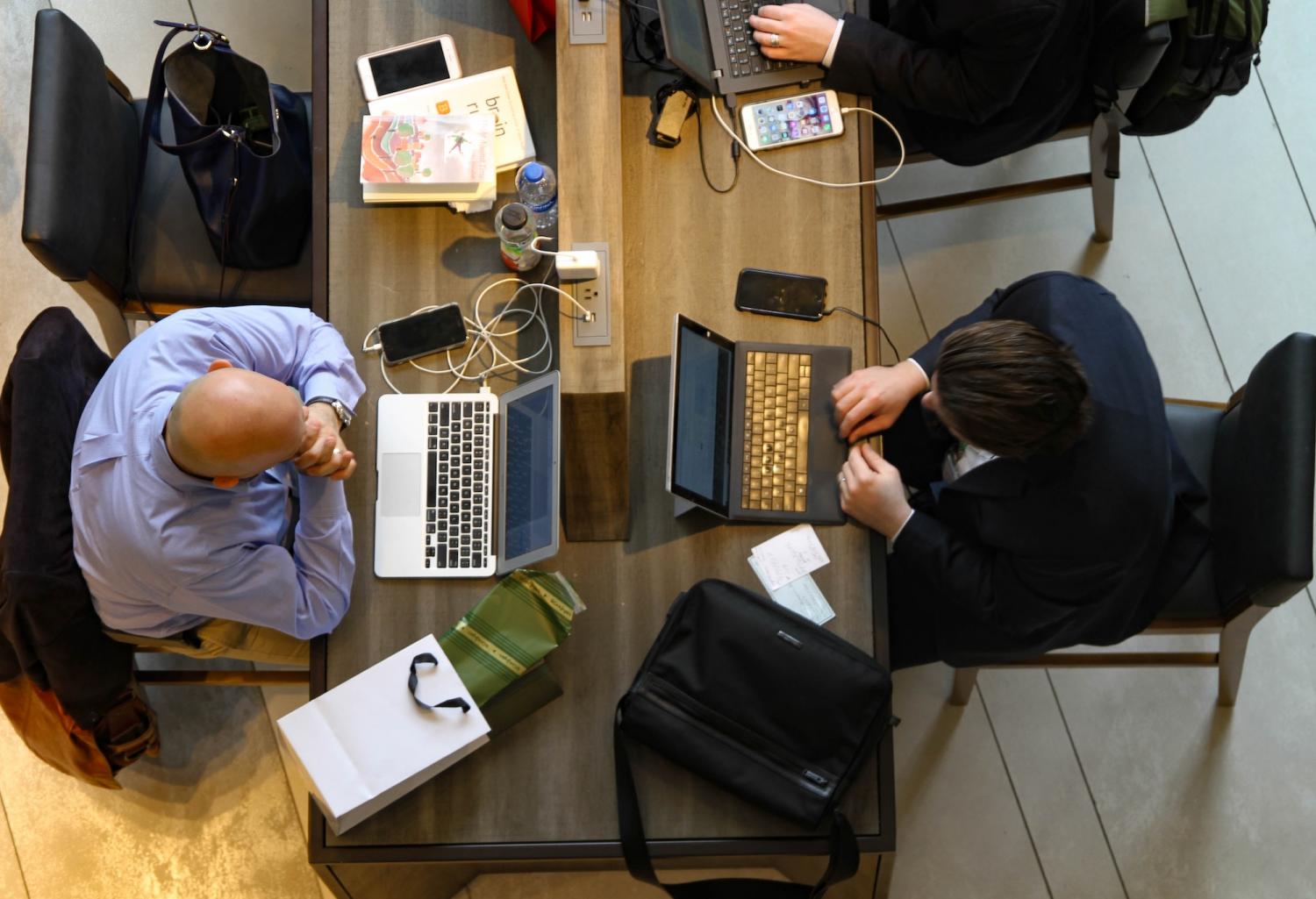The Evolution of Philanthropy [and CSR]: Making it Matter


Submitted by Guest Contributor
By Scott Jackson, CEO, Global Impact
In the more than 20 years I have spent working in the nonprofit sector, I have seen corporate giving transform from individual philanthropic acts to one aspect of a larger corporate social responsibility (CSR) program. Indeed, there have been many shifts and changes that have shaped contemporary CSR.
Today, CSR is a respected tool that allows businesses to make a deeper impact on society, while creating value for the company by creating potential revenue sources and/or reducing risks or operational costs. CEOs understand the value of incorporating CSR into business strategy.
According to a 2010 survey by the Committee Encouraging Corporate Philanthropy (CECP), 77 percent of CEOs said the most important action they can initiate today to address societal problems that will impact their company in 2020 is to “embed social engagement into business strategy and organizational structure.”
1. Creating Shared Value: CSR Gets Branded
One significant change I have seen as a part of this shift from philanthropy to integrated CSR is the branding of CSR programs to increase awareness among employees and the community.
Internally, companies have taken ownership of their formerly fragmented employee engagement programs (volunteerism, workplace giving, matching grants, etc.) and combined them to create an  integrated program. This helps them better communicate their goals to employees and to leverage employee giving to align with business interests.
integrated program. This helps them better communicate their goals to employees and to leverage employee giving to align with business interests.
Externally, companies align themselves with fewer, more strategic social issues and dedicate more resources to identified targets. According to the CECP, although the median number of corporate grants declined by 26 percent between 2009 and 2011, the median grant size increased by 31 percent during the same time period. By targeting strategic issues, a company can better market their CSR efforts and integrate their business and social value.
2. International Giving on the Rise
A second change is an increase in international giving. Businesses are targeting their CSR efforts in communities in which they operate or have a customer base. Countries with emerging markets such as Brazil, India, China and many African nations, are seeing positive changes in their giving landscapes thanks in large part to major corporations looking at CSR activities in these regions as long term business investments, rather than simple philanthropy.
Last year, for example, companies that generated more than half their total revenue from outside the U.S. gave more than 20 percent of their total contributions to international programs. As globalization makes the world smaller, supply chains, a diverse employee base and international customers make it important for even U.S.-based companies with no direct international presence to think globally about  their philanthropic efforts.
their philanthropic efforts.
Branding and a rise in international giving are just two of the many ways corporate philanthropy has changed over the past few decades. While these trends are of particular interest to me because I work with both corporations and international charities, there are many more fascinating ways in which CSR has evolved. The bottom line is that it is no longer enough for companies to simply offer a workplace-giving plan as their sole philanthropic activity.
Today’s consumers expect corporations to be more engaged in their philanthropic practices. Companies are being asked to drastically and quickly change core parts of their philosophies and businesses are responding by finding ways to fulfill these expectations while creating value for themselves.
Corporate philanthropy has come a long way in a relatively short time—in just a few decades, it has gone from a standalone activity to an integrated platform with clear strategic goals. It will be exciting to see what happens to CSR in the future.
Even more trends in CSR and employee engagement will be discussed in depth at the only conference dedicated solely to employee engagement – the Charities@Work best Practices Summit taking place on April 3 and 4 in Manhattan. Learn more about the conference and register.
About the Author:
Scott Jackson is the Chief Executive Officer of Global Impact. A veteran of the nonprofit community, Jackson has more than 20 years of experience working in this field for organizations such as PATH and World Vision. He received an MBA from the University of Edinburgh School of International Business and an honorary Doctorate of Humane Letters from the University of Puget Sound, where he also earned a BA in history.









 corporate sustainability leaders, suppliers, rankings systems, advisory consultancies and, of course, customers, be they business or end consumers.
corporate sustainability leaders, suppliers, rankings systems, advisory consultancies and, of course, customers, be they business or end consumers. so pronounced it regards filing pre-emptive law suits against NGOs as an intelligent idea (red rag to a bull is the reality), and instead of fessing up to the fact that its Arctic safety strategy is progressively unraveling, Shell spends time and resources making videos on YouTube boasting about how many Facebook friends the company has managed to amass in the Middle East and elsewhere.
so pronounced it regards filing pre-emptive law suits against NGOs as an intelligent idea (red rag to a bull is the reality), and instead of fessing up to the fact that its Arctic safety strategy is progressively unraveling, Shell spends time and resources making videos on YouTube boasting about how many Facebook friends the company has managed to amass in the Middle East and elsewhere. reputation is fast lost, but can be gained quickly too. The reality is that those of us who work in this global movement need good examples to encourage more companies to take the agenda seriously. We have all but given up on government, so it is to business that we turn for leadership and bold, ambitious planning.
reputation is fast lost, but can be gained quickly too. The reality is that those of us who work in this global movement need good examples to encourage more companies to take the agenda seriously. We have all but given up on government, so it is to business that we turn for leadership and bold, ambitious planning.







 which was designed to foster product stewardship and sustainable product innovation throughout the enterprise, including 250 operating companies across our Consumer Products, Pharmaceuticals and Medical Devices & Diagnostics sectors. We’ve made strides since the program launched in 2009, and are proud to be providing our customers more sustainable products using our robust product stewardship effort that has been externally-validated.
which was designed to foster product stewardship and sustainable product innovation throughout the enterprise, including 250 operating companies across our Consumer Products, Pharmaceuticals and Medical Devices & Diagnostics sectors. We’ve made strides since the program launched in 2009, and are proud to be providing our customers more sustainable products using our robust product stewardship effort that has been externally-validated. Design for the Environment program.
Design for the Environment program. To be considered for Earthwards recognition, product teams use our proprietary scorecard to take a product through a four-step process:
To be considered for Earthwards recognition, product teams use our proprietary scorecard to take a product through a four-step process:
